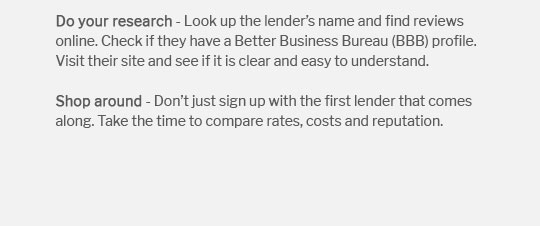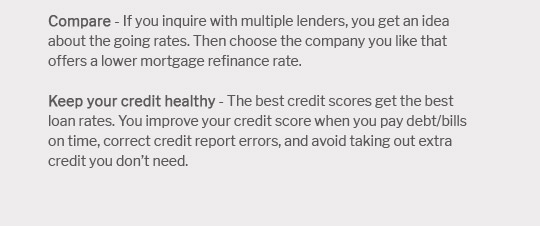 |
|||
 |
 |
 |
||
|---|---|---|
 |
||
 |
||
 |
||
 |
||
 |
||
 |
||
 |
 |
 |
 |
Understanding 30 Year Mortgage Refinance Rates: What You Need to KnowRefinancing your mortgage can be a strategic move to lower your monthly payments, reduce your interest rate, or tap into your home's equity. Among the most popular options is the 30-year mortgage refinance. This comprehensive guide will explore the nuances of 30-year refinance rates, helping you make an informed decision. Benefits of a 30-Year Mortgage RefinanceRefinancing your mortgage to a 30-year term can offer several benefits. Here are some of the primary advantages:
Factors Influencing Refinance RatesCredit ScoreYour credit score plays a crucial role in determining the interest rate you'll qualify for. A higher score generally results in lower rates. Market ConditionsEconomic factors such as inflation, Federal Reserve policies, and global financial trends can impact refinance rates. For those in Utah, comparing local refinance rates utah can provide more context. Loan-to-Value RatioThis ratio compares the loan amount to the appraised value of your home. A lower ratio can result in better interest rates. Steps to Refinance Your 30-Year Mortgage
FAQs About 30-Year Mortgage Refinance RatesWhat is a good 30-year refinance rate?A good rate is typically one that is lower than your current mortgage rate. Generally, anything under 4% is considered competitive, though this varies with market conditions. How does a 30-year refinance differ from a 15-year fixed jumbo loan?A 30-year refinance spreads payments over a longer period, resulting in lower monthly payments but higher total interest. In contrast, a 15 year fixed jumbo loan usually offers a lower interest rate with higher monthly payments, but less interest paid over the loan's life. Can I refinance if my home’s value has decreased?Yes, but it might be more challenging. Lenders often require a minimum loan-to-value ratio, so you may need to provide additional documentation or pay down your balance to qualify. Understanding these factors and taking a strategic approach can help you capitalize on favorable 30-year mortgage refinance rates, ultimately enhancing your financial health. https://finance.yahoo.com/personal-finance/mortgages/article/mortgage-refinance-rates-today-monday-march-24-2025-100034139.html
These are today's mortgage and refinance rates. The 30-year rate has increased to just over 6.5%, and rates probably won't plummet soon. https://www.usbank.com/home-loans/refinance/refinance-rates.html
Today's 30-year fixed refinance rates - Conventional fixed-rate loans - Conforming adjustable-rate mortgage (ARM) loans - Jumbo adjustable-rate mortgage (ARM) ... https://www.rocketmortgage.com/refinance-rates
Today's Rocket Mortgage Refinance Rates ; 30-Year Fixed - 6.25% - 6.546% ; 20-Year Fixed - 6.375% - 6.769% ; 30-Year FHA - 5.875% - 6.762% ; 30-Year Jumbo Fixed - 6.125%.
|
|---|